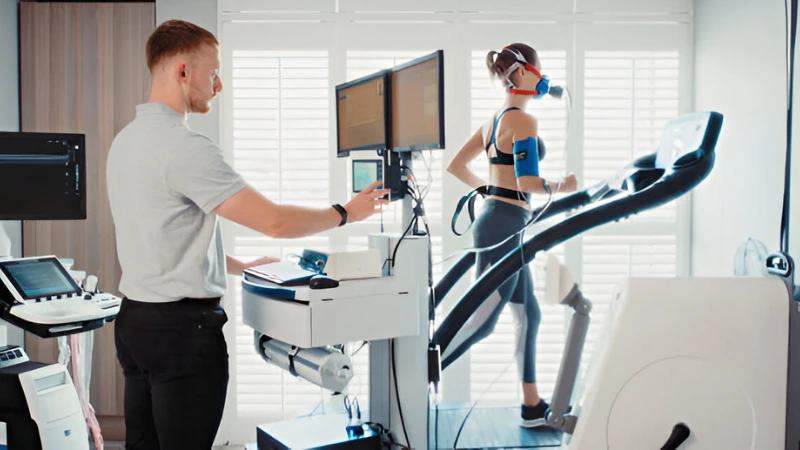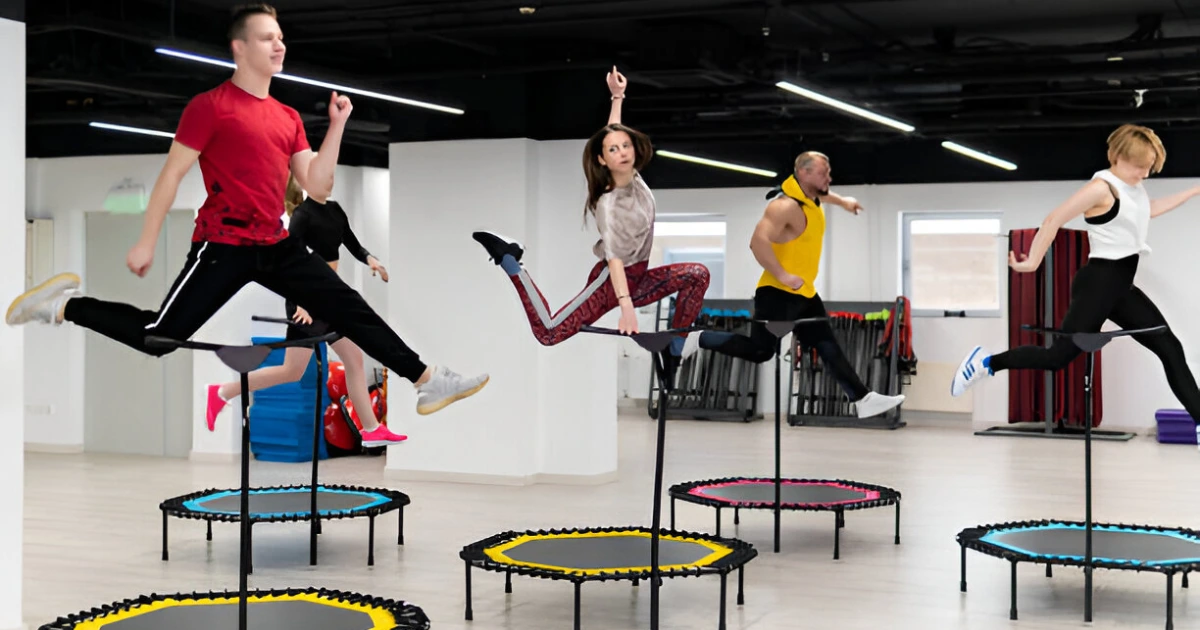Avoid These 5 Exercises After 40 to Protect Your Health
Table of Contents
Why You Should Avoid Certain Exercises After 40
As we age, our bodies undergo changes that require us to adapt our fitness routines. If you’re over 40, it’s crucial to be mindful of the exercises you perform to avoid injury and maintain your health. In this article, we’ll explore the top five exercises to avoid after 40 and suggest safer alternatives that will help you stay fit and healthy.
Why You Should Avoid Certain Exercises After 40
As you enter your 40s, your body starts to experience changes in muscle mass, bone density, and joint flexibility. These changes can make certain high-impact exercises more harmful than beneficial. By avoiding these exercises, you can prevent injuries and ensure a sustainable fitness journey.
1. Plyometric Movements
Plyometric movements, such as jump squats and box jumps, are high-impact exercises that can strain your joints and increase the risk of injury. These exercises are particularly hard on the knees and ankles, which may already be experiencing wear and tear.
Alternative: Opt for low-impact alternatives like controlled strength training or yoga. These exercises build muscle without putting undue stress on your joints.
2. Sprinting
Sprinting is a high-intensity exercise that can be taxing on your cardiovascular system and joints, especially if you’re not properly conditioned. The explosive nature of sprints can lead to injuries such as pulled muscles or joint pain.
Alternative: Consider moderate-paced jogging or brisk walking. These activities are easier on your joints and still provide excellent cardiovascular benefits.
3. Heavy Overhead Lifting
Lifting heavy weights overhead can lead to shoulder and neck injuries, especially if your form is not perfect. As we age, our shoulder joints become more susceptible to injuries due to decreased flexibility and strength.
Alternative: Focus on exercises that strengthen your shoulders and neck without excessive strain, such as lateral raises or resistance band workouts.
4. Crunches and Sit-ups
Traditional core exercises like crunches and sit-ups can put unnecessary pressure on your neck and lower back. This can lead to discomfort and potential injury, especially if you already have back issues.
Alternative: Try a glute bridge or other core-strengthening exercises that are gentler on your spine. These exercises can effectively target your core without the risk of injury.
5. High-Impact Aerobics
High-impact aerobic exercises, such as those involving repetitive jumping or bouncing, can be hard on your joints. These activities can exacerbate joint pain and lead to long-term damage.
Alternative: Low-impact aerobic exercises like swimming or cycling provide cardiovascular benefits without stressing your joints. These activities are excellent for maintaining fitness and overall health.
FAQ Section
Q1: Why should I avoid high-impact exercises after 40?
A1: High-impact exercises can strain your joints and increase the risk of injury. As we age, our bodies become less resilient to the stresses of high-impact movements, making it essential to choose safer alternatives.
Q2: What are some safe workouts for over 40?
A2: Safe workouts for individuals over 40 include low-impact activities like yoga, swimming, cycling, and resistance band exercises. These workouts help maintain fitness without putting undue stress on your joints.
Q3: How can I prevent injuries while exercising after 40?
A3: To prevent injuries, focus on low-impact exercises, maintain proper form, and listen to your body. It’s also important to warm up before workouts and cool down afterward to keep your muscles and joints flexible.
Conclusion
After 40, it’s crucial to adapt your fitness routine to align with your body’s evolving needs. By avoiding high-impact and high-risk exercises and opting for safer, low-impact alternatives, you can maintain physical health, prevent injuries, and promote longevity in your fitness journey. Remember, the goal is to stay active and healthy without compromising your well-being.
By following these guidelines, you can continue to enjoy a fit and active lifestyle well into your later years. Stay informed, stay safe, and keep moving!







